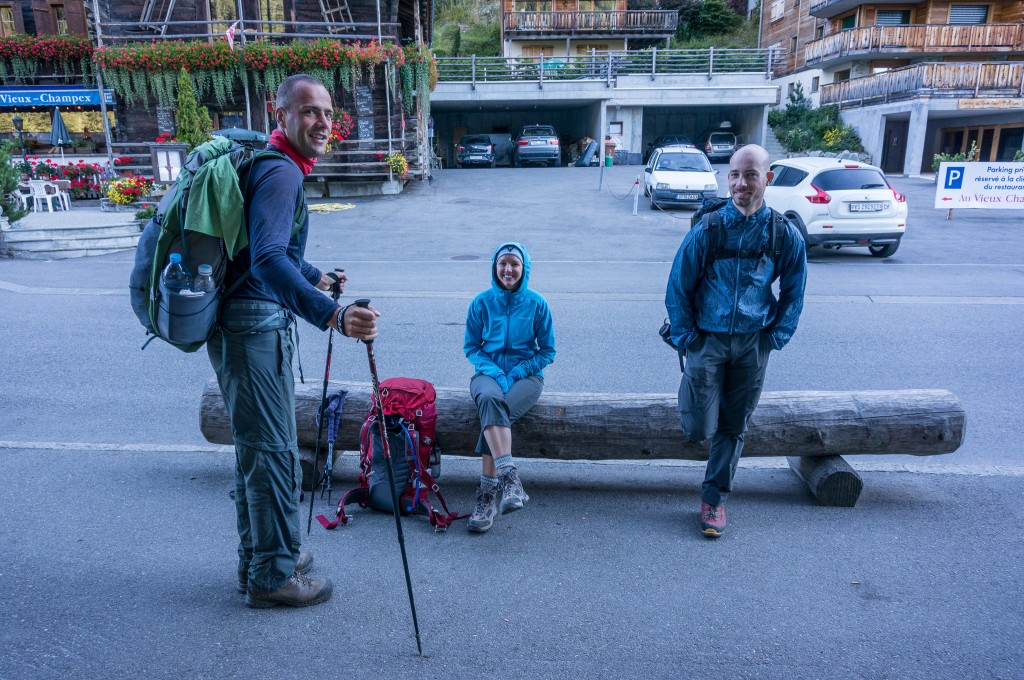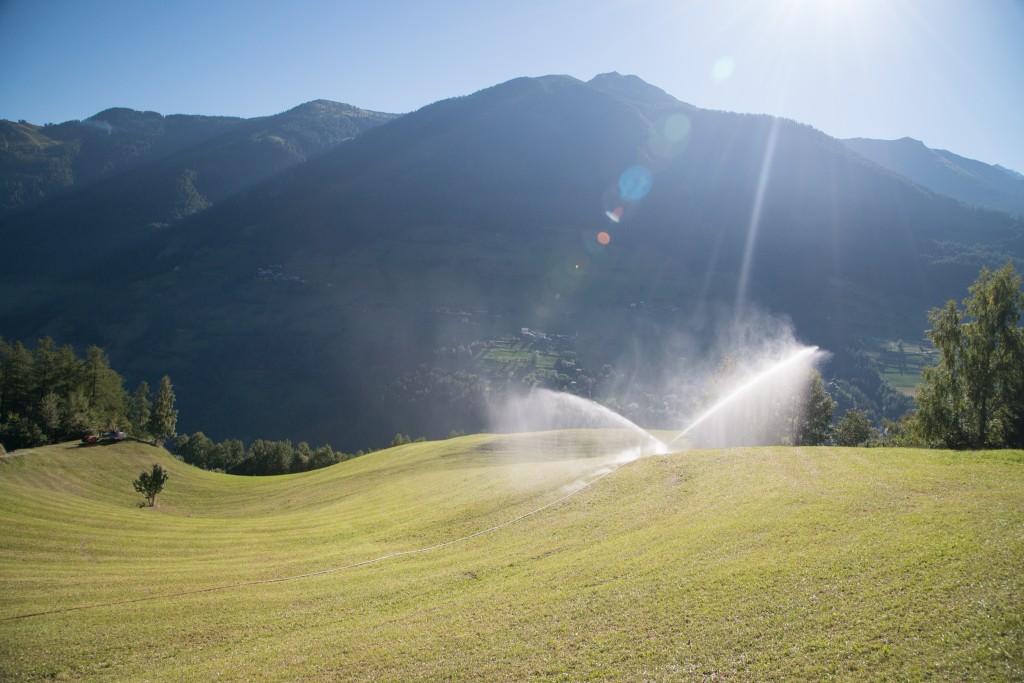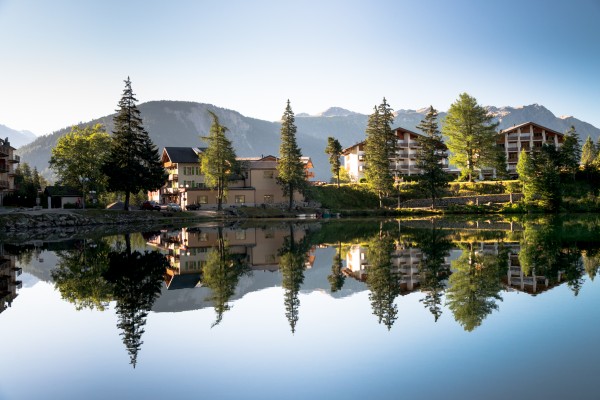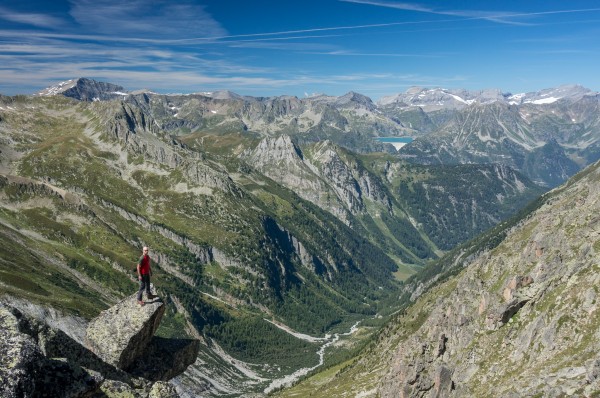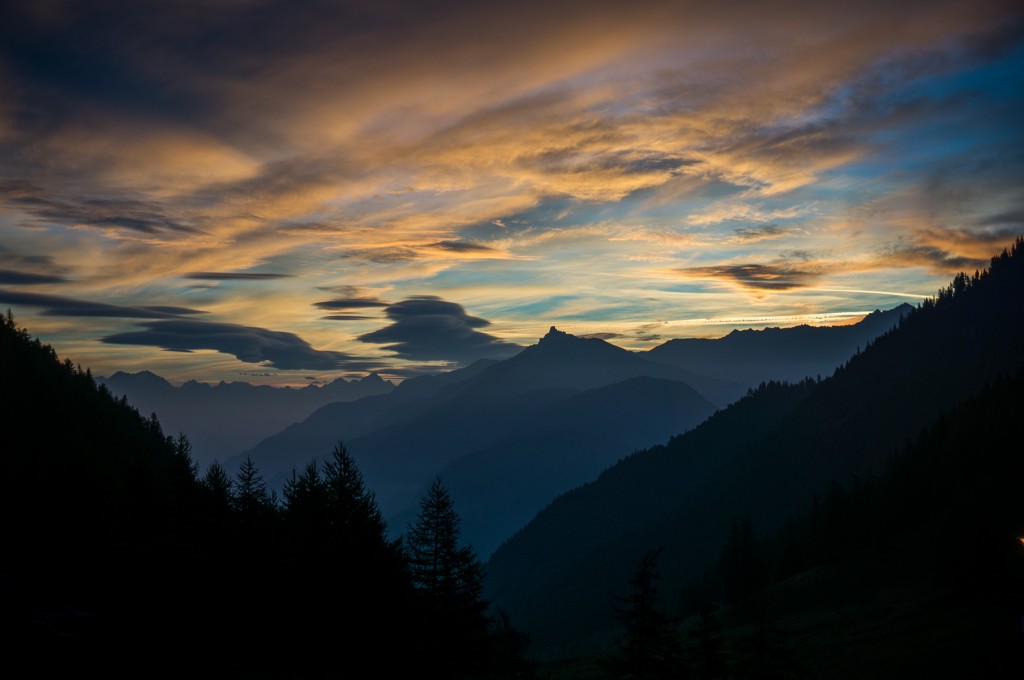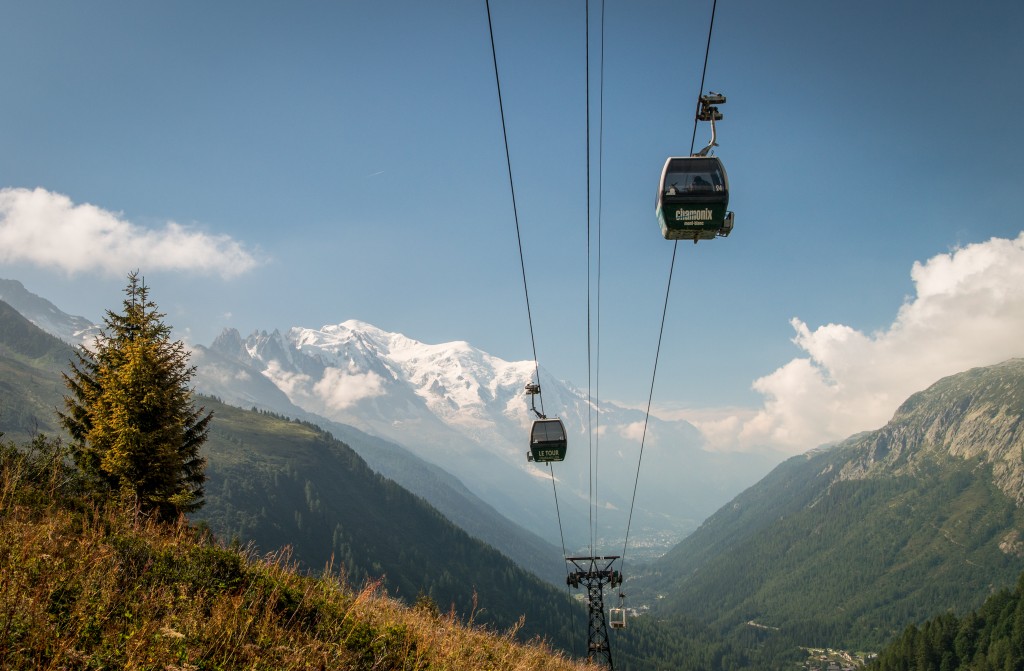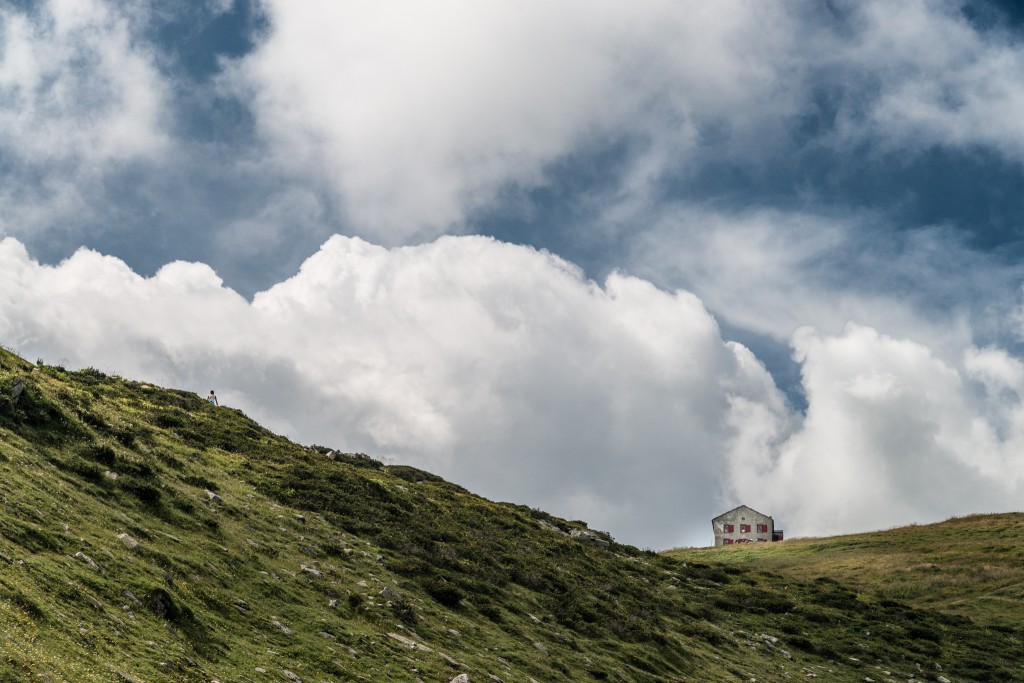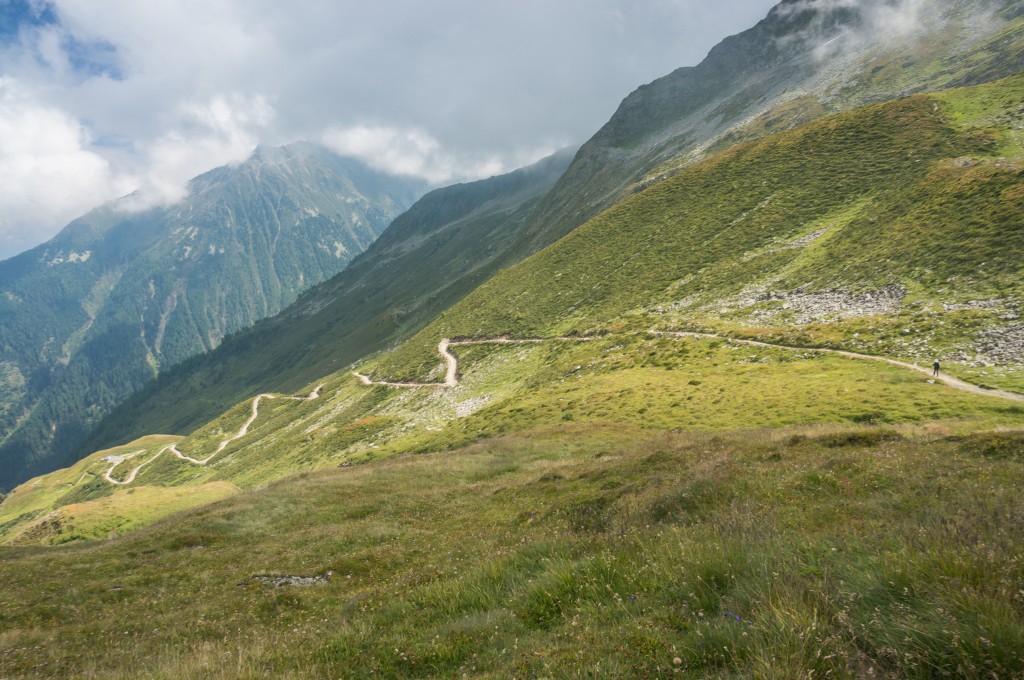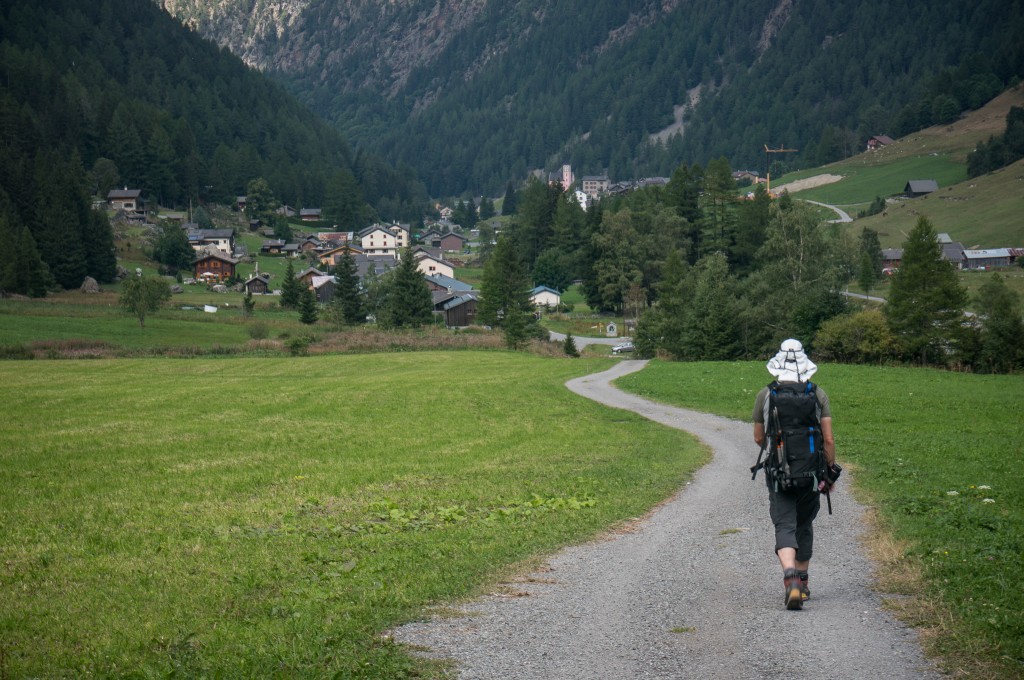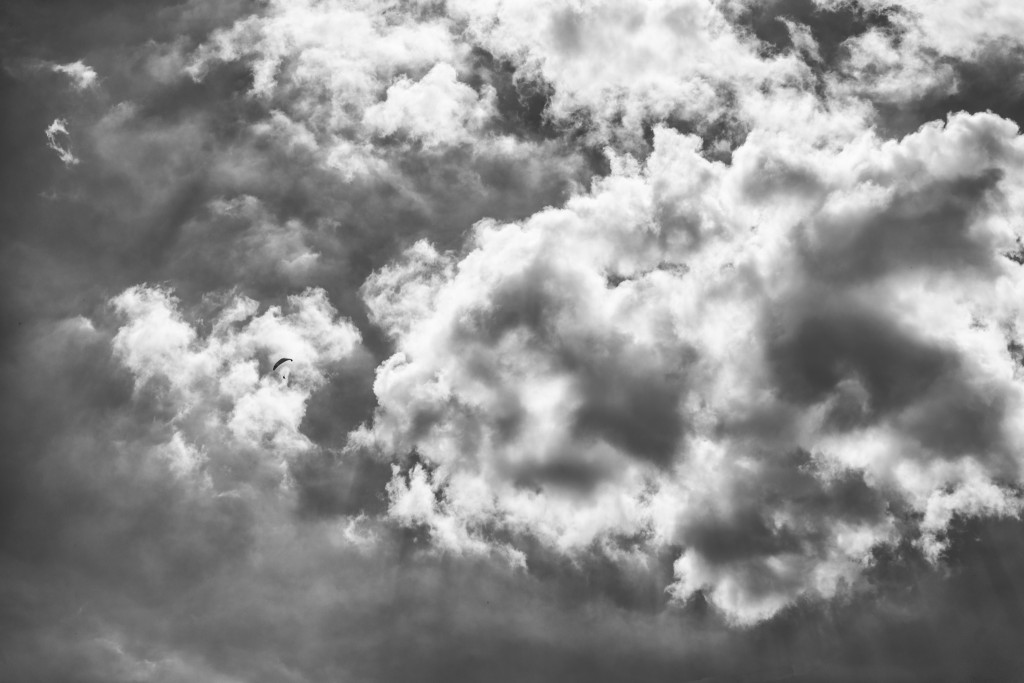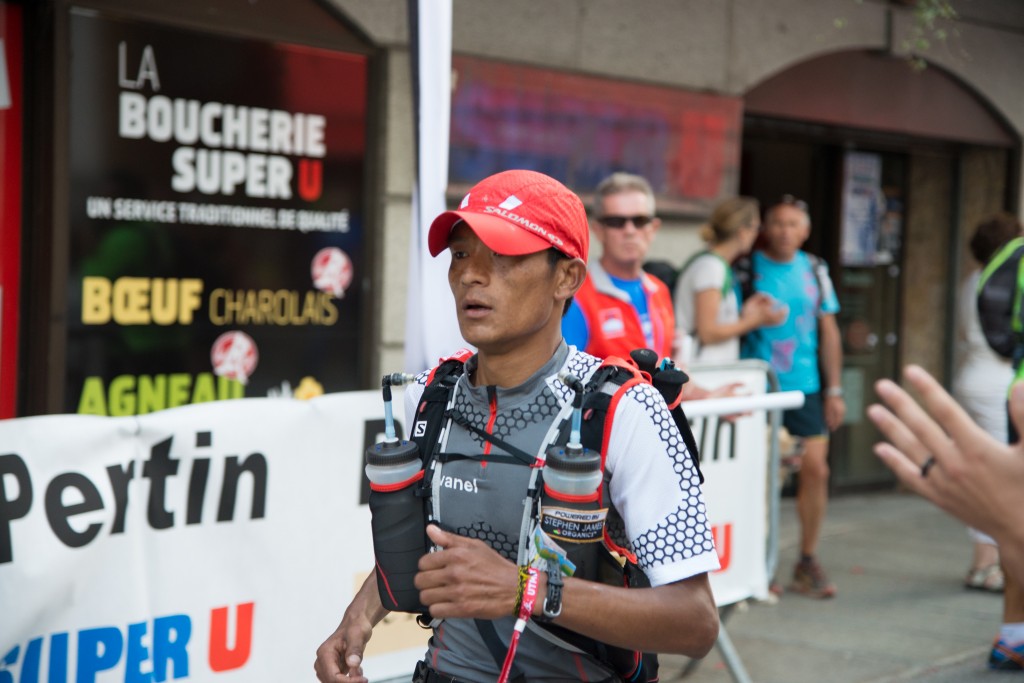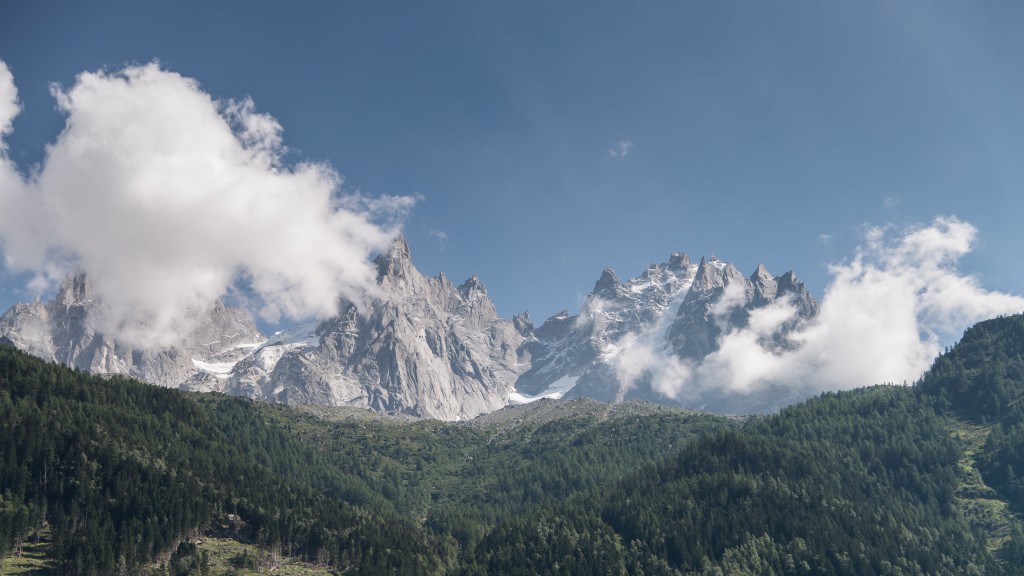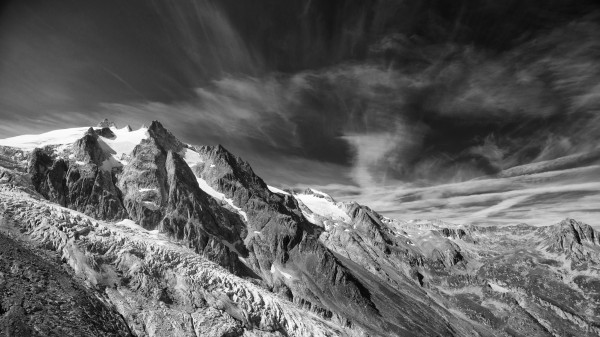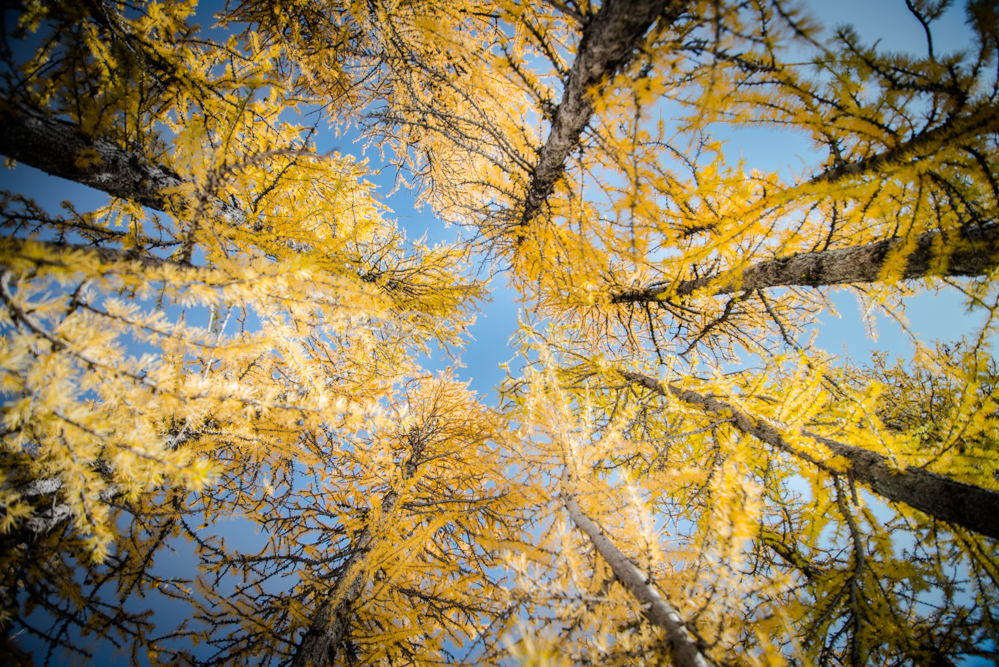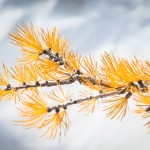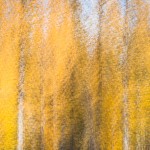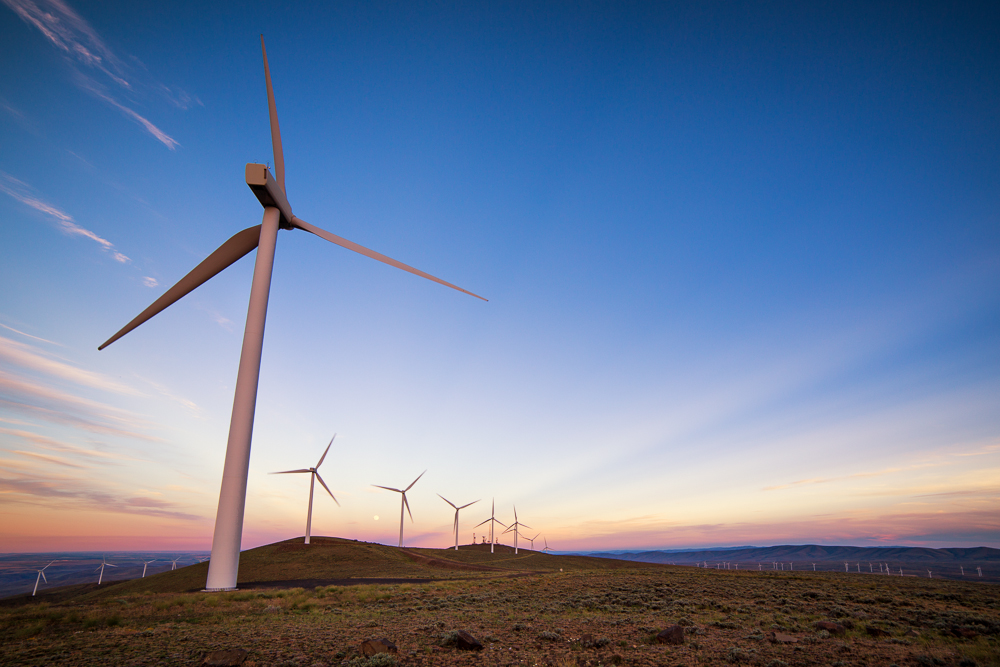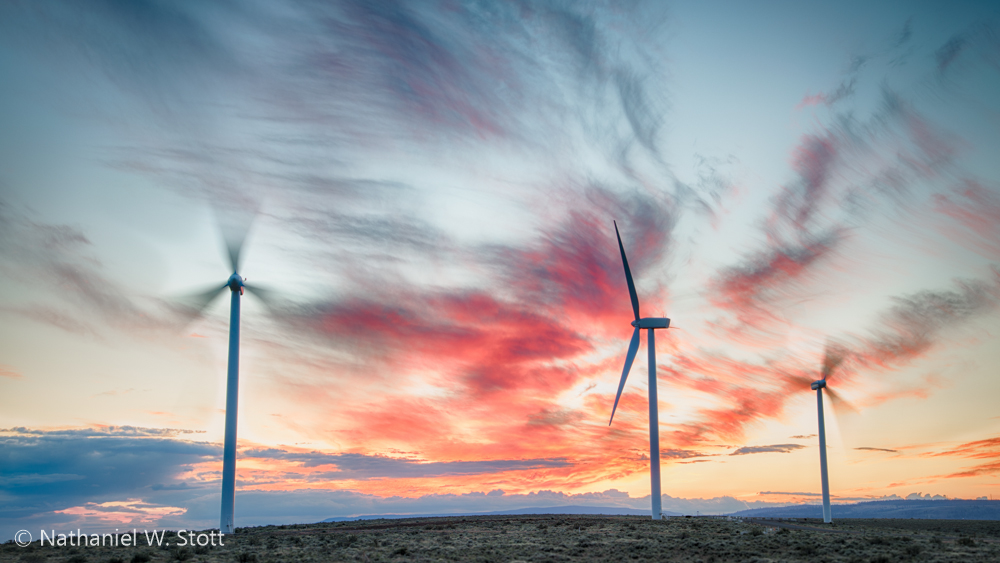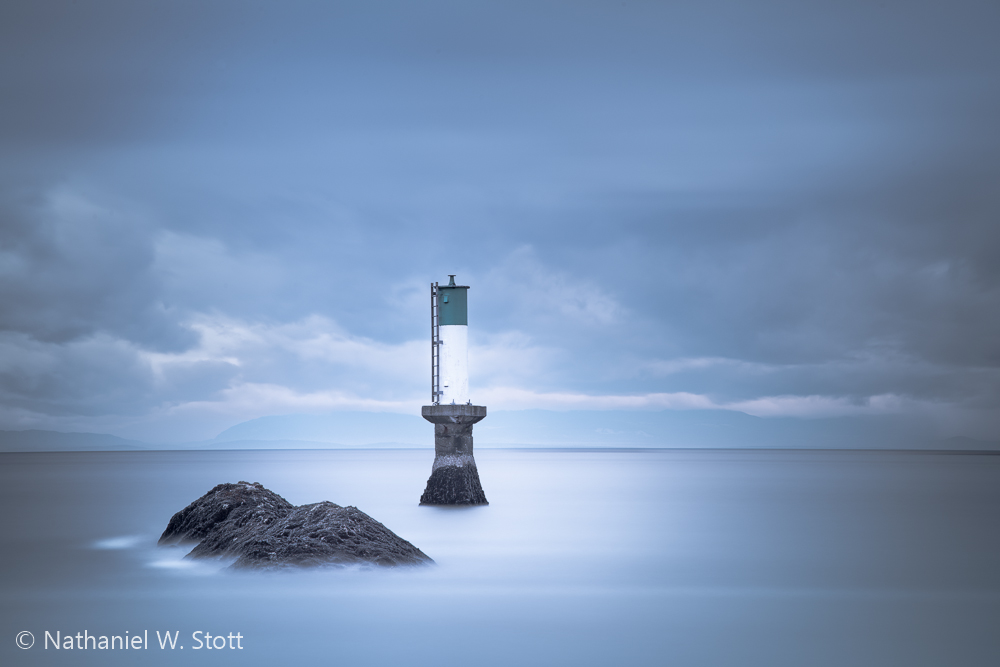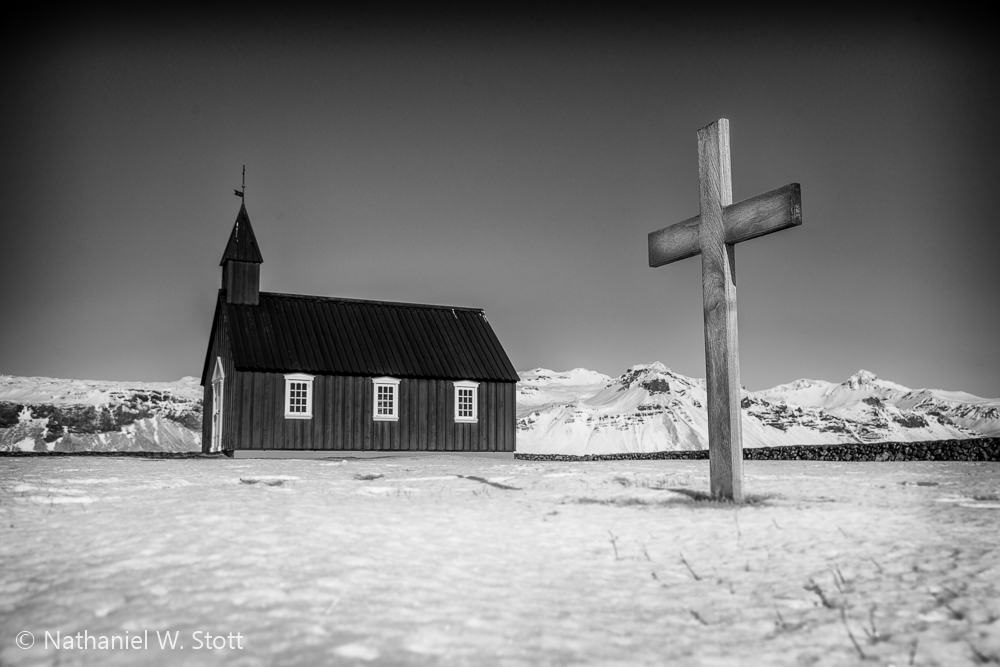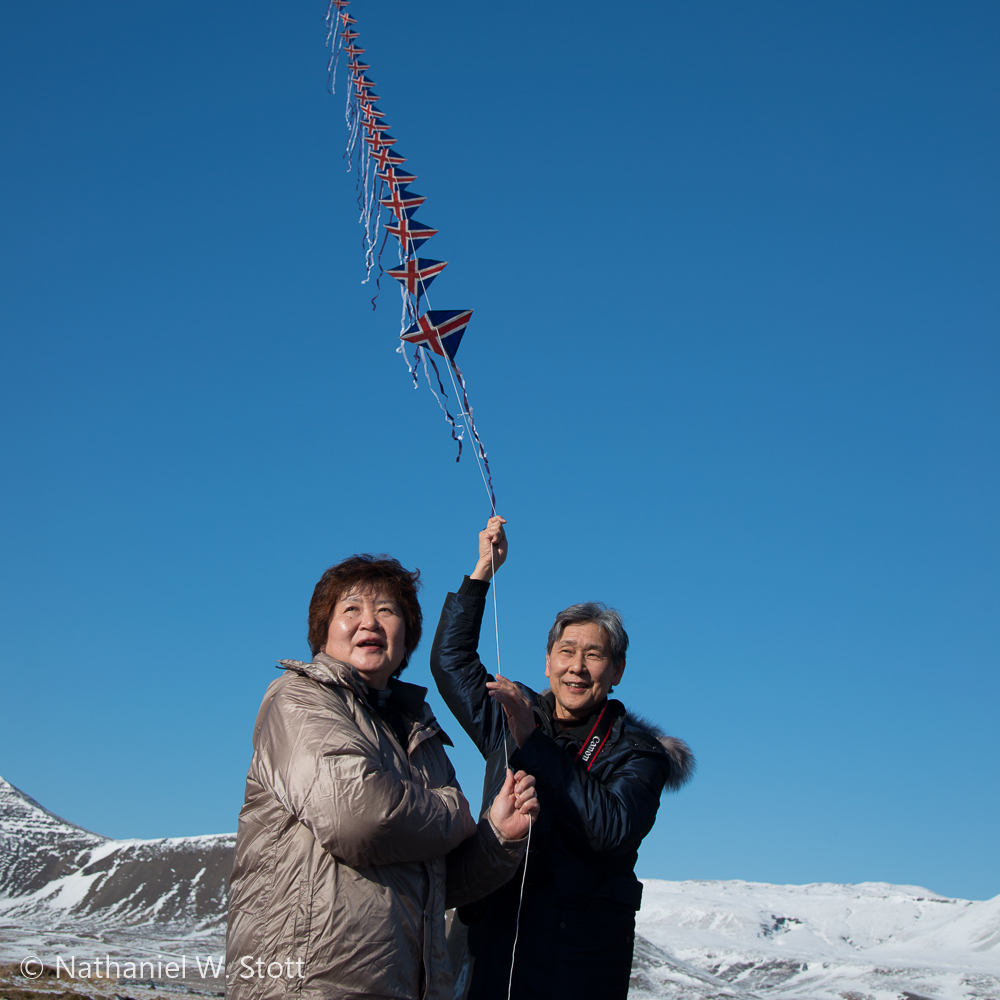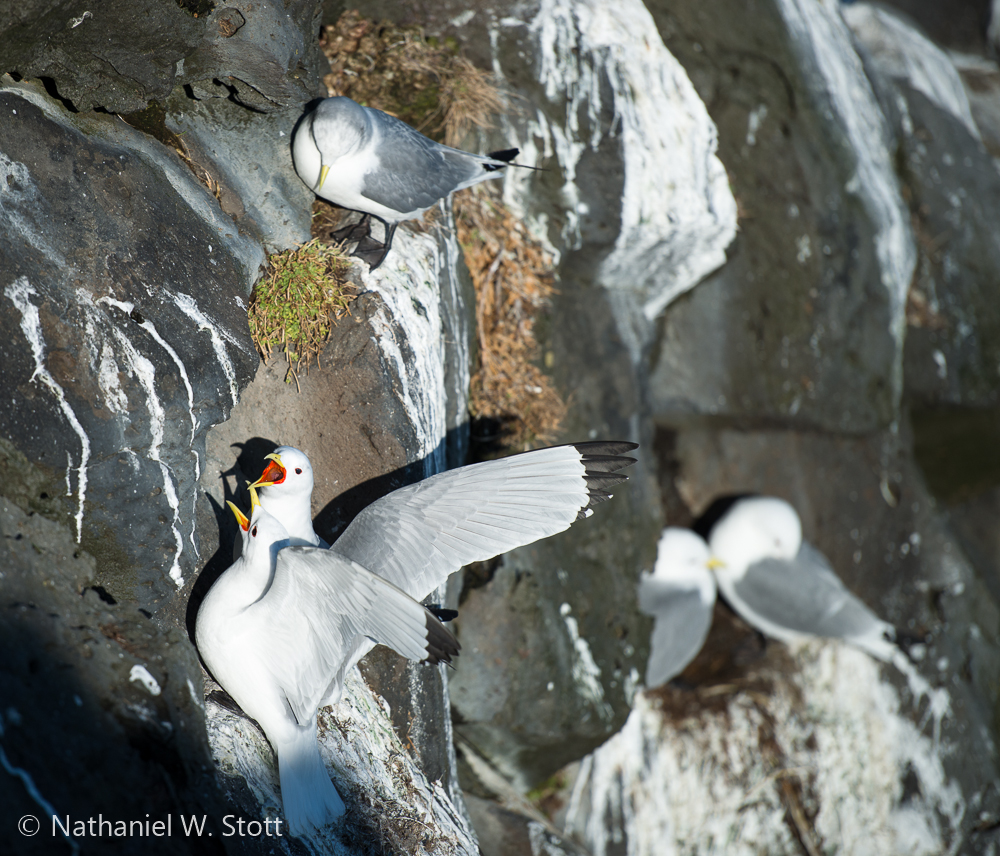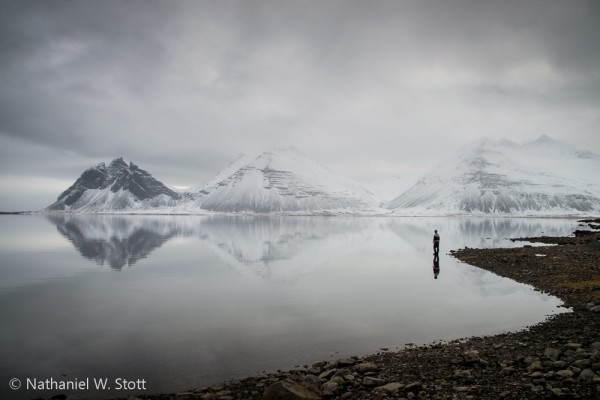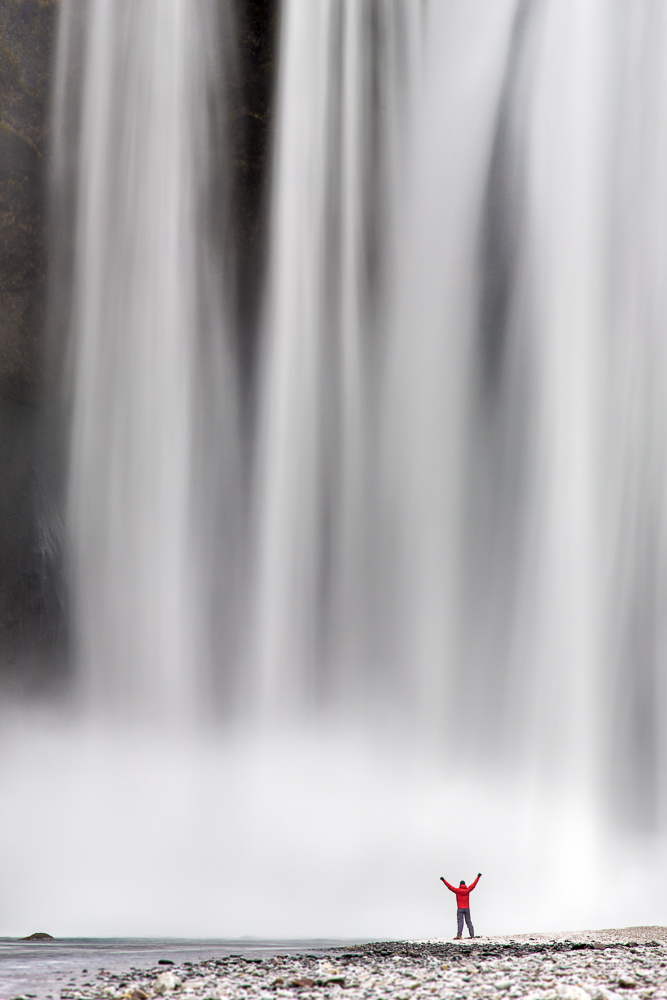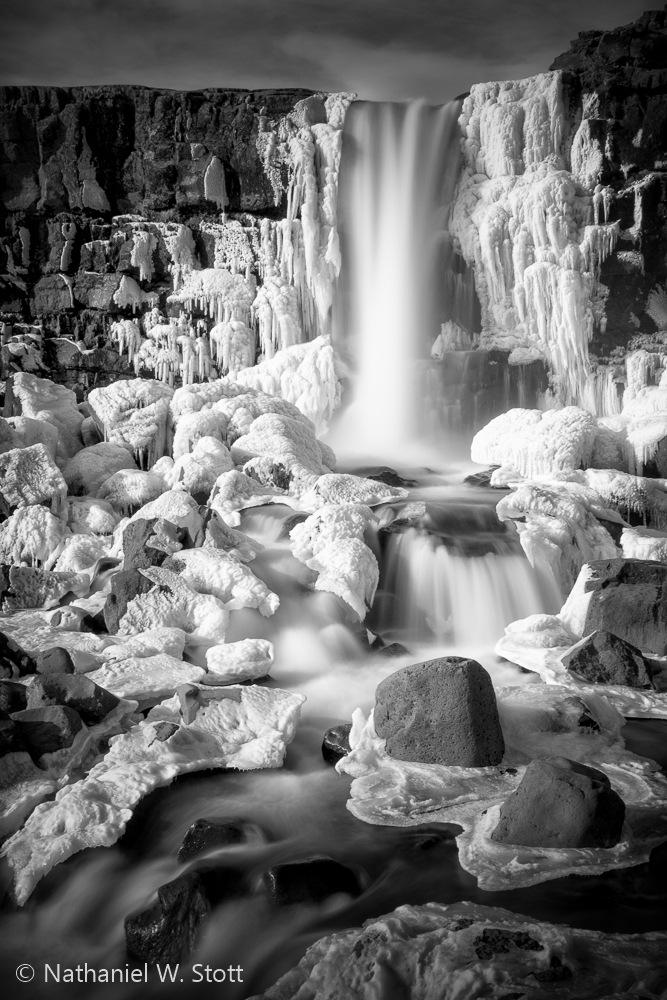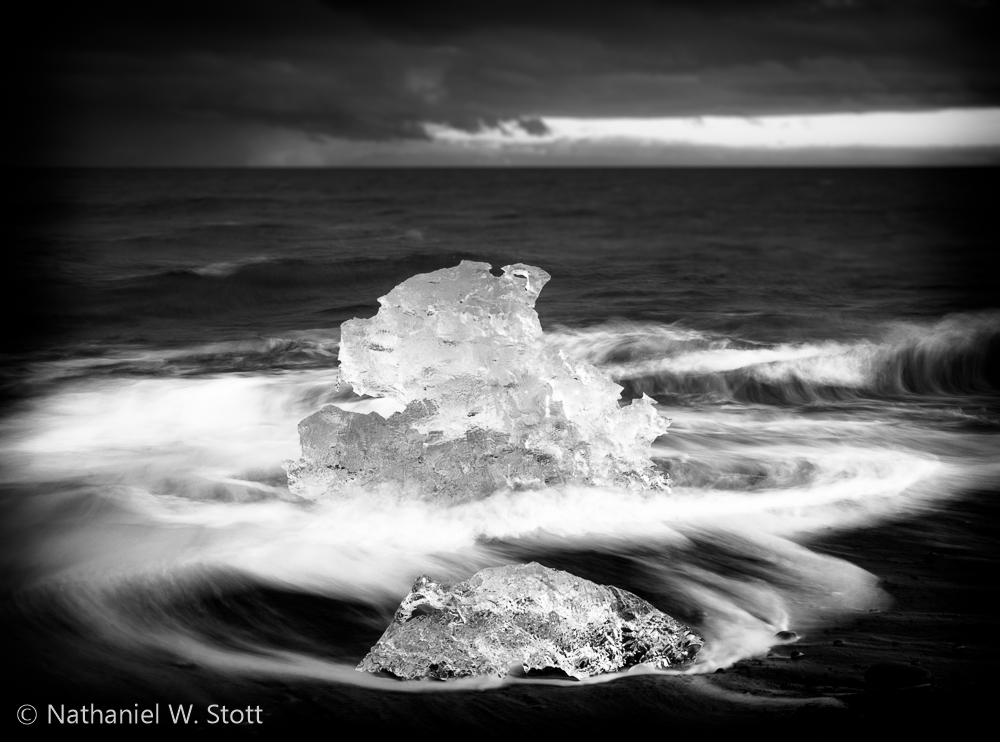Anne and I recently completed the Walker’s Haute Route in the Swiss Alps. It was a fantastic hike and was filled with spectacular views, wonderful villages, awesome food, and some new friendships along the way. Unlike hiking in the Washington’s North Cascades, hiking in the Swiss Alps offers the ability to overnight from village to village. This allows you to travel light while still enjoying comfortable overnight accommodation and great food.
The Route – An Overview
While the route is certainly challenging, it’s not overly hard and certainly those who are in good physical shape and have moderate hiking experience should have little difficulty if they take their time. There are also plenty of opportunities to take lifts or busses that allow you to significantly reduce the daily burden. We chose to walk the entire route starting in Argentière and avoided motorized transportation so that we’d feel the accomplishment of having completed the route using only human power.
There are at least a couple books that describe the route in detail. The book we relied on, as most others we hiked with, was the Chamonix to Zermatt Walker Haute Route (Cicerone Press) book by Kev Reynolds. The book details each stage and provides alternates for some of the stages. Note that 12 days is probably a minimum unless you want to rush. A couple more days would have allowed a rest day along the way and an overnight detour to the Hotel Weisshorn after Zinal.
Hikers should also be aware that while the route descriptions in the book are accurate, the distance and gain/loss measurements are not. Gain/loss measurements are taken at various waypoints and gain/loss is measured as a difference between those points rather than as an accurate reflection of terrain. Indeed, there are many accounts of this in various blog posts.
Our own GPS data shows that we traveled about 127 miles and gained around 42,000 feet of elevation. We lost almost as much, descending some 40,000 feet. All told, on average we did about 2.1 more miles each day than the book suggested and gained about 645 feet more elevation each day than suggested, with some days gain being off by as much as 1200 vertical feet!
For the data junkies, this all lays out as follows:
Also of interest is the route track and elevation profile, starting in Argentière and ending with the steady walk up the valley to Zermatt. With this view it’s easy to see the general nature of the hike, starting in villages each morning, climbing up to a pass, and then going back down to a village. The large elevation gain starting at mile 30 is the hike from Le Châble to Mont Fort:
Total distance: 122.76 mi
Max elevation: 9826 ft
Min elevation: 2349 ft
Good Friends and Travel Companions
Anne and I had planned the trip as an independent hike for the two of us. This is easy to do and the book provides all the information would be trekkers need to hike alone. But one of the unexpected joys of long distance hiking is the friendships that happen along the way. This happened for us, but to a much lesser extent, several years ago when we trekked to Everest Base camp. For the Haute Route, the friendships we developed along the way were even stronger because the route is relatively fixed and the pace is fairly constant. This gives people lots of time to form bonds along the trail. It also takes a certain type of person to hike a long distance trail, which provides an additional bond.
So while our trip started out as a trip for the two of us, it very quickly became a group affair. We met our travel companions our first night at Hotel de la Forclaz and overheard them as they talked about their hike. When we figured out that they were doing the same trek we were, we introduced ourselves. From there, we crossed paths several times on the trail and by the next night we were eating dinner together as a large group. I think this transformed the hike for me into an experience that was much richer than what it would have been if we’d done it alone.
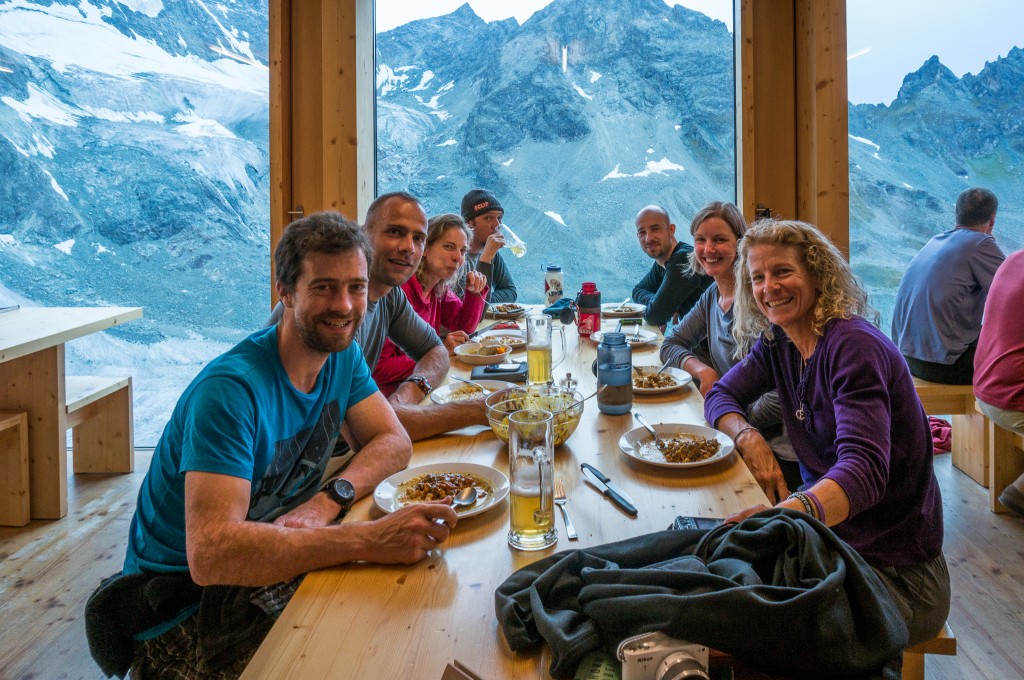
Our group was actually several groups that overlapped at various portions of the trip. Kathy, Val, Rich, Martijn, Anne, and myself formed what I’d consider to be the start to finish core of the group. Neil and Fiona were also with us during the first 3 days of the trek but soon skipped a day ahead. We met Brian, Denise, Aliza, Paul, and Clare on the fourth day and Gareth on the fifth day. Paul and Clare fell behind a day after Arolla (they were carrying full loads with tents, sleeping bags, and cooking supplies). Aliza took a rest day and fell behind a day after Zinal. Anne and I parted with the rest of the group at St. Niklaus choosing to walk up the valley instead of continuing on the Europa Weg.
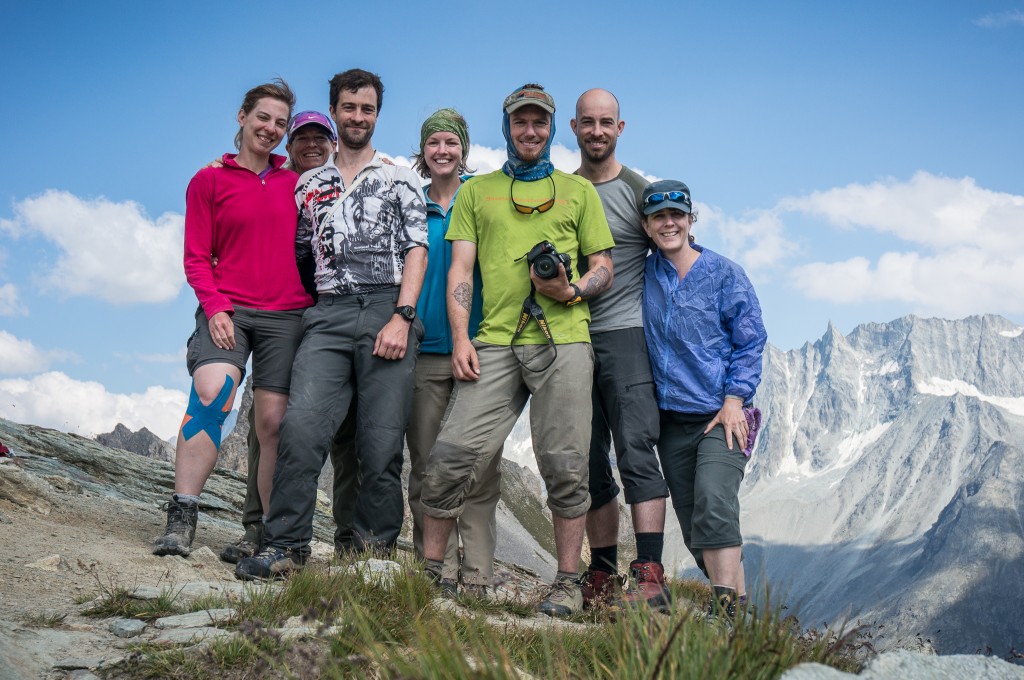
Our friends made the hike a much more rewarding experience. We shared the trials and tribulations of the day with them, we helped each other out and encouraged each other when we were feeling tired or sore. We ate, drank, and even partied together at a disco in Zermatt. When we parted for the last time, we were sad to leave people who felt like they’d become an integral part of our lives.
Equipment and Packing
Anne and I each carried a backpack and no more. Some of our friends were able to send bags or equipment forward from Chamonix to Zermatt. If you do plan to do this, we heard that the train offers an excellent and cheap option in comparison to the post and is certainly something to be investigated.
We both strived to carry as little as possible, though I opted to carry a DSLR, an extra lens, and tripod which added about 8-10 pounds. All told, my pack weight without water or extra food was 26.2 pounds.
To be on the safe side, we packed our poles, pocket knife, and first aid kit in a cardboard box and checked it with the airline to ensure we didn’t have any problems with security either here in the States or during our layover in Amsterdam. We carried the rest onboard as a carry on. I carried one of the ultralight REI Flash backpacks that we used as a backpack in Amsterdam and Zurich and converted it into a stuff sack during the rest of the trip.
Here’s a list of my packed equipment and a video running through it all:
| Item |
Category |
Quantity |
| Sun hat |
clothes |
1 |
| Handkerchief |
clothes |
1 |
| hiking pants |
clothes |
1 |
| merino hiking shirts (short sleeve) |
clothes |
2 |
| merino hiking socks |
clothes |
2 |
| Injinji toe sock liner |
clothes |
1 |
| merino thermal bottoms |
clothes |
1 |
| merino hiking shirt (long sleeve) |
clothes |
1 |
| Merrill minimalist shoes |
clothes |
1 |
| camera + 24-120 lens |
camera |
1 |
| camera battery |
camera |
1 |
| camera charger + cord |
camera |
1 |
| tripod + ballhead |
camera |
1 |
| wide angle lens |
camera |
1 |
| polarizer |
camera |
1 |
| remote trigger release |
camera |
1 |
| ND Filters + holder |
camera |
1 |
| cell phone |
elec |
1 |
| cell phone charger |
elec |
1 |
| CF memory cards |
elec |
8 |
| headphones |
elec |
1 |
| outlet adapters |
elec |
1 |
| clif shots |
food |
2 |
| backpack |
gear |
2 |
| blister pads |
gear |
6 |
| Nalgene 1 liter bottle |
gear |
1 |
| first aid kit |
gear |
1 |
| warm hat |
gear |
1 |
| gloves |
gear |
1 |
| Down jacket |
gear |
1 |
| Wind jacket |
gear |
1 |
| headlamp |
gear |
1 |
| hiking boots |
gear |
1 |
| Hiking poles |
gear |
1 |
| hiking underwear |
gear |
2 |
| moleskin |
gear |
1 sheet |
| Small pocket knife with can/bottle opener |
gear |
1 |
| Steripen + spare batteries |
gear |
1 |
| pack rain cover |
gear |
1 |
| pack towel |
gear |
1 |
| tent ground sheet |
gear |
1 |
| rain coat |
gear |
1 |
| rain pants |
gear |
1 |
| guide book |
gear |
1 |
| sleeping bag liner |
gear |
1 |
| sunscreen |
gear |
1 |
| One gallon Ziplock bags |
gear |
4 |
| passport |
misc |
1 |
| sunglasses |
misc |
1 |
| wallet |
misc |
1 |
| Advil, Tylenol |
toiletries |
1 |
| bar soap |
toiletries |
1 |
| chap stick |
toiletries |
1 |
| deodorant |
toiletries |
1 stick |
| ear plugs |
toiletries |
2 pair |
| Detergent Bar |
toiletries |
1 |
| toothbrush + toothpaste |
toiletries |
1 |
Lodging and Costs
Because we also wanted to keep a relatively accurate accounting of our expenses, we also kept records of each place we stayed, the cost, and what was included. These prices are for 2 people.
It’s important to note that we only booked accommodations for our first night in Argentière and our second night in Trient in advance. All other lodging was booked along the way. When booking along the way, we generally tried to call ahead to book the next night and ensure we could find a room. This allowed us to keep our schedule flexible. It also allowed us the ability to coordinate with friends we made along the way so that we could stay at the same place.
Up Next
I’ll be posting for each day of the trip, including photos, route description, and GPS data. Stay tuned!
